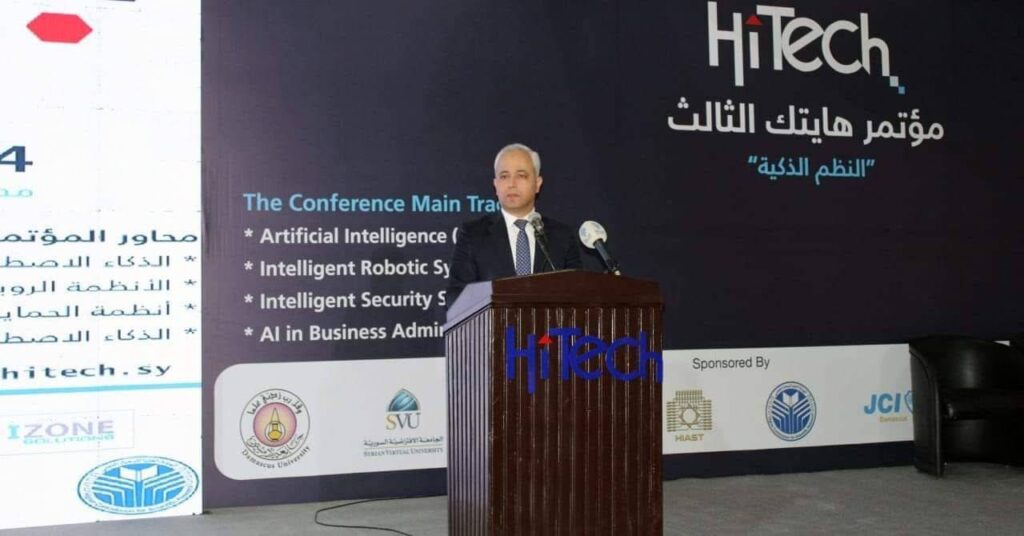Historian Sima Qian’s writings provide insight into the mercury river in Emperor Qin Shi Huang’s tomb. He detailed the build-up to the mausoleum’s construction and the burial process for the terracotta warriors. While there have been doubts in Western historical circles about the accuracy of Sima Qian’s accounts, recent archaeological findings have corroborated many of his descriptions, such as the terracotta warriors.
According to Sima Qian’s records, the tomb’s palace contains a miniature replica of China at the time, complete with rivers and lakes filled with mercury to simulate water flows. Soil samples from the tomb vicinity have shown higher mercury concentrations than in surrounding areas, suggesting the possibility of a mercury river. Expert analyses have revealed patterns in mercury distribution that align with the location of major rivers during the Qin Dynasty.
Excavation director Yinglan Zhang has hinted at the presence of numerous artefacts and antiquities inside the central chamber and surrounding tombs, potentially beyond imagination. The use of mercury in the tomb for decoration, such as gilding objects with mercury-laced gold and silver, has led experts to speculate on the large amount of mercury that may have been used. Estimates suggest up to 100 tons of mercury were used, indicating the significance of mercury in the tomb’s construction and burial practices.
However, due to safety concerns, archaeologists are unable to confirm the existence of a mercury river in Emperor Qin Shi Huang’s tomb. The Chinese government prohibits access until technology can protect

:quality(75)/cloudfront-us-east-1.images.arcpublishing.com/elcomercio/R6DZUJQJ5VED7GCHYEFRUXBE64.jpg)

